#waterfowl
Text

Mallard Duck
#original photographers#nature#ontario#nature photography#beautiful#walking in nature#bird photography#birdblr#birding#birds of north america#birds#backyard birds#bird#birdwatching#bird art#art#artwork#artists on tumblr#nature photo art#my art#drake mallard#mallard duck#waterfowl#ducks#birbs#birblr#birb art#birbs of tumblr#cute birbs#nature hikes
22 notes
·
View notes
Text

Common or Eurasian Coot (Fulica atra), family Rallidae, order Gruiformes, found across much of Eurasia, northern Africa, and Oceania, Australia and New Zealand
The remarkable feet of coots are fissipalmate (lobed/partially webbed), which help them swim and walk across soft mud (without sinking).
Coots are not ducks, but are more closely related to rails and gallinules/swamphens (and more distantly, cranes).
photograph by Pat L. on flickr
#coot#waterfowl#fulica#rallidae#rail#gruiformes#bird#ornithology#animals#nature#europe#asia#australia#africa
5K notes
·
View notes
Text
Most People: Ducks are so silly! Quack quack!
Me: Anseriformes are one of the few groups of animals we know were probably present before and after the end-Cretaceous, meaning ducks are Survivors of Extraterrestrial Nuclear Winters, and we should all fear their power.
Quack Quack.
9K notes
·
View notes
Text

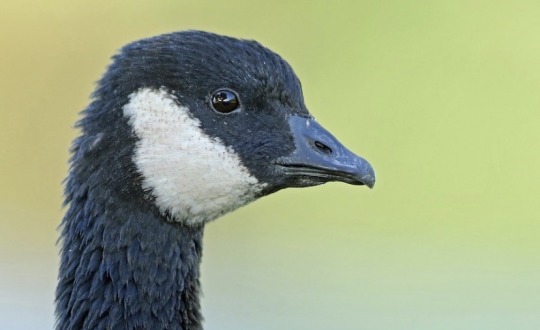

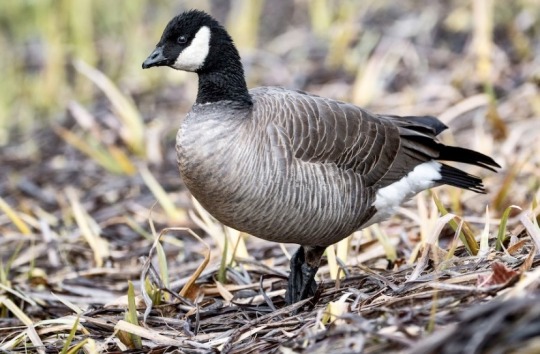
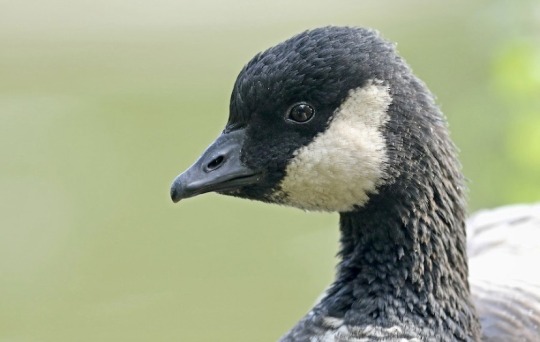
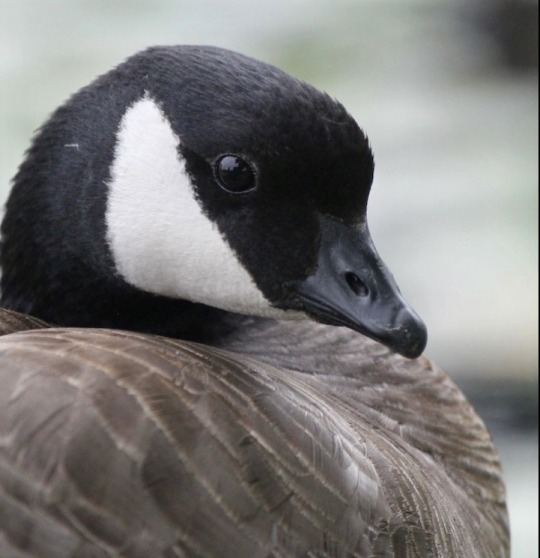

the cackling goose is a relatively small goose found in north america & east asia. they are almost identical in appearance to the more common canada goose, however, they are usually distinguished by a smaller size. the smallest subspecies weighs as little as 3lbs; however, larger members of the species can weigh just as much as a canada goose, making them hard to distinguish. they feed primarily on plant matter found in the water; they also occasionally feed on insects, mollusks, and crustaceans. males and females are almost indistinguishable, however, females have a different call.
3K notes
·
View notes
Text

Portrait. Don McCaughey. From Louisiana Conservationist, July-August, 1988.
Internet Archive
2K notes
·
View notes
Text
My friend was at the bus stop again. He's super photogenic.


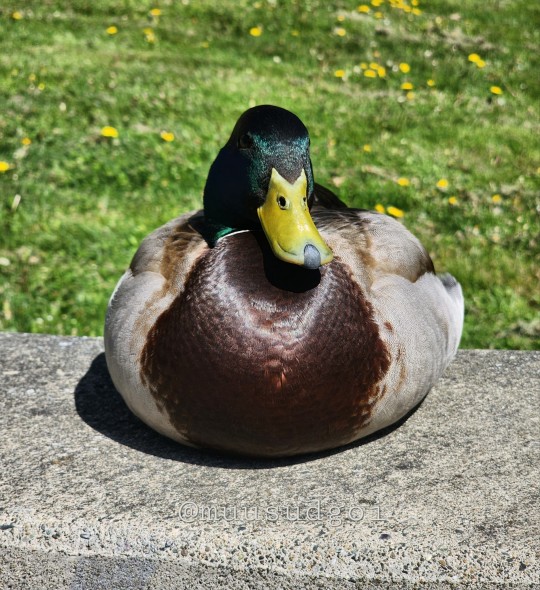
3K notes
·
View notes
Text
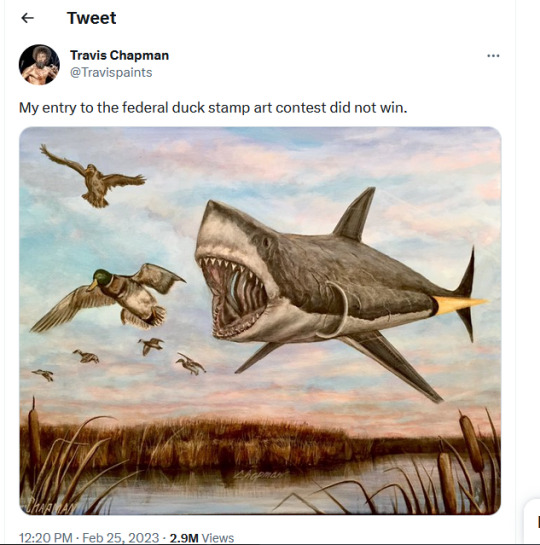
To be honest, if one of the students in my Junior Duck Stamp classes ever turned in something like this, I would be elated.
(For a bit of background--a few years ago the Federal Duck Stamp contest rules were changed so that artists HAD to include some element of waterfowl hunting in their entries, whether they were comfortable with it or not. The above artwork may be my favorite example of malicious--or at least snarky--compliance.)
#waterfowl#ducks#duck stamps#shark#artwork#malicious compliance#duck hunting#hunting#wildlife#birds#fish#vertebrates#nature#outdoors#snark#funny#humor
3K notes
·
View notes
Text
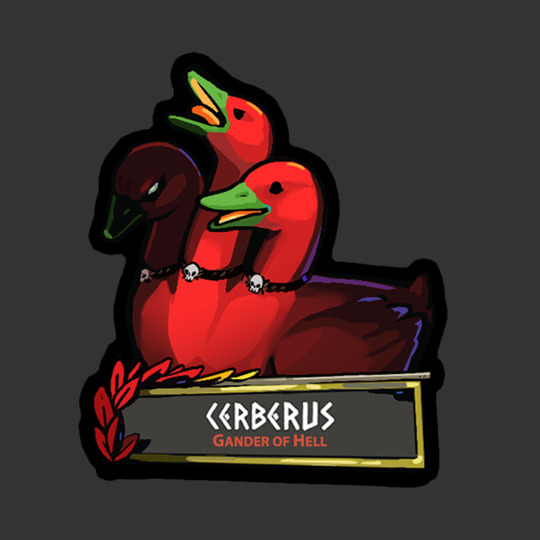

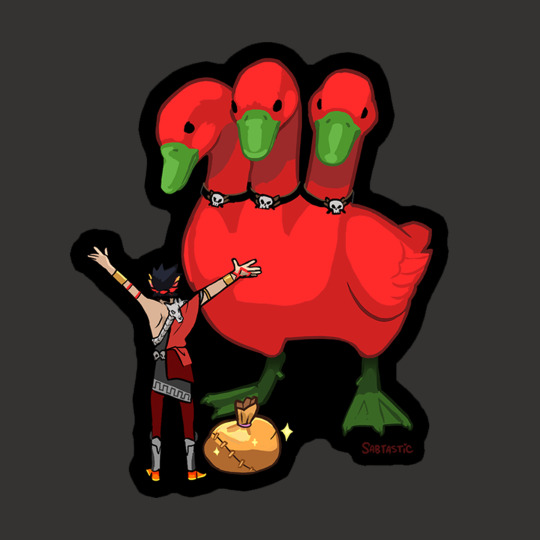
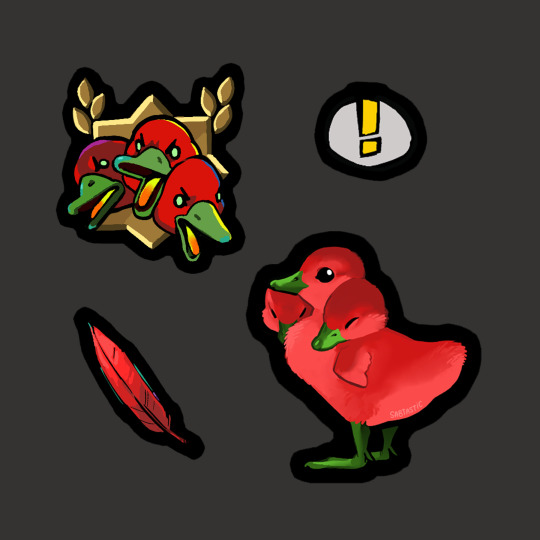

💀 There is no escape 💀
(From Cerberus in Hades, as a goose)
#cerberus#hades#honk#birberus#gander#gosling#bird#waterfowl#underworld#hell#guardian#zagreus#red#goose#sabtastic#sabtastique#parody#supergiant games
4K notes
·
View notes
Text

The Blue Heron (Ardea coerulea), hand-colored etching from The Natural History of Carolina, Florida and the Bahama Islands, Mark Catesby, between 1731 and 1743
#art#art history#Mark Catesby#illustration#animals in art#bird#birds#heron#blue heron#waterfowl#etching#British art#English art#18th century art#National Gallery of Art
410 notes
·
View notes
Photo

A male and female cinnamon teal (Spatula cyanoptera) in Redwood City, California, USA
by Ron Wolf
#cinnamon teal#ducks#birds#waterfowl#spatula cyanoptera#spatula#anatidae#anseriformes#aves#chordata#wildlife: california#wildlife: usa
2K notes
·
View notes
Text

European Herring Gull
#photo of the day#european herring gull#waterfowl#bird#birdwatching#bird lover#bird photography#nature#nature photography#wildlife#wildlife photography#wild nj#nikon photography#nikon coolpix p1000#bayonne park#nj isnt boring#spring 2024
220 notes
·
View notes
Text

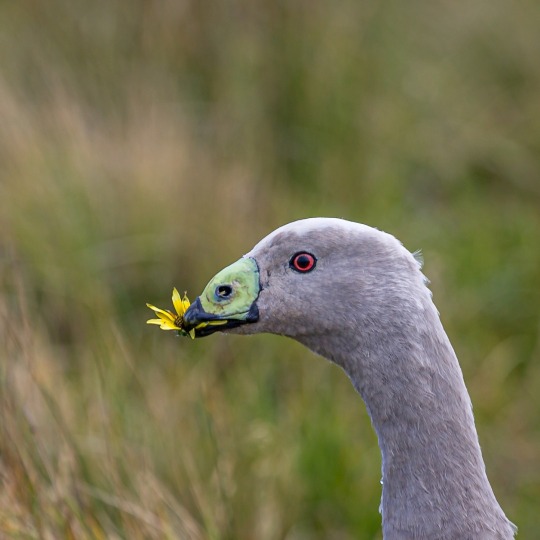
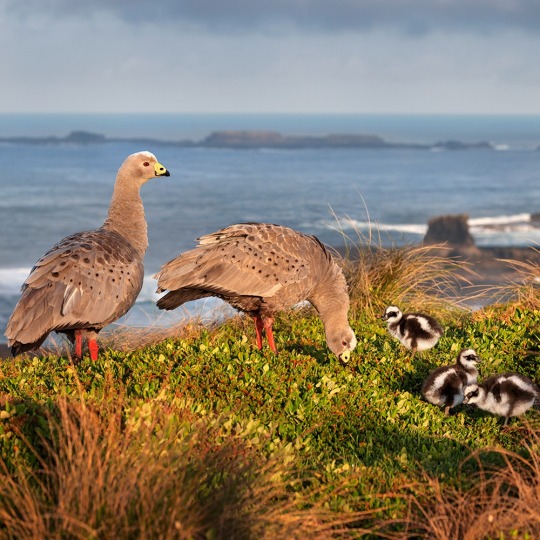

Cape Barren Geese (Cereopsis novaehollandiae), family Anatidae, order Anseriformes, order found in various spotty areas on the southern coast of mainland Australia and Tasmania
photographs by Russel Spence, Jeremy Edwards, Jarryd Guilfoyle, and Tracie Louise (BirdLife Australia)
3K notes
·
View notes
Text
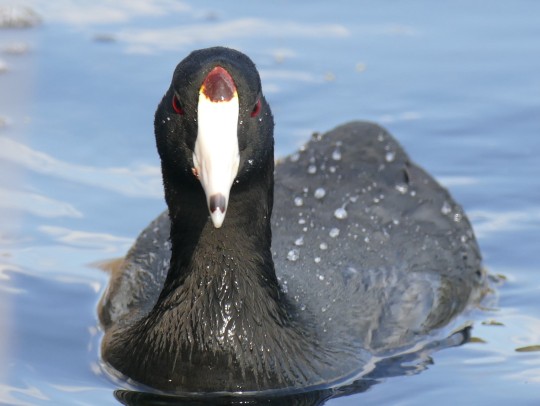
Angry-looking American Coot (Red-shielded)
photo by me, 2024-03-14
#bird#birds#birdblr#birblr#american coot#coot#bird photography#wildlife photography#“a chicken that acts like a duck” is how ornithologists describe it#birding#birdwatching#waterfowl#mine#birb#birbs
307 notes
·
View notes
Text

Pink-eared Duck - Melbourne, Victoria by Rob Drummond
Pink-eared Duck (Malacorhynchus membranaceus)
332 notes
·
View notes
Text
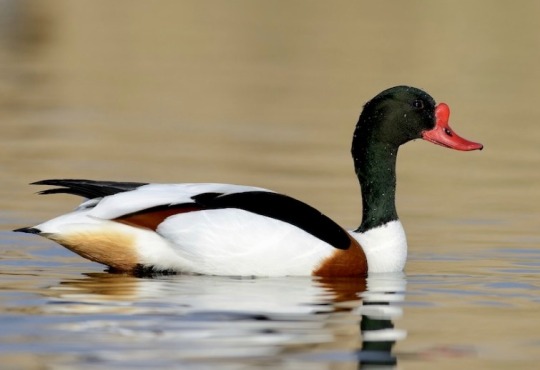




the common shelduck is a migratory duck largely found in eurosiberia. males and females look similar, but males have sharper coloration and lack white markings on the face that are present in females. the species primarily feeds on small invertebrates such as crabs and grasses. during the breeding season, the species is largely found around lakes and rivers; their nests are often made in unusual locations such as rabbit burrows and haystacks.
555 notes
·
View notes
